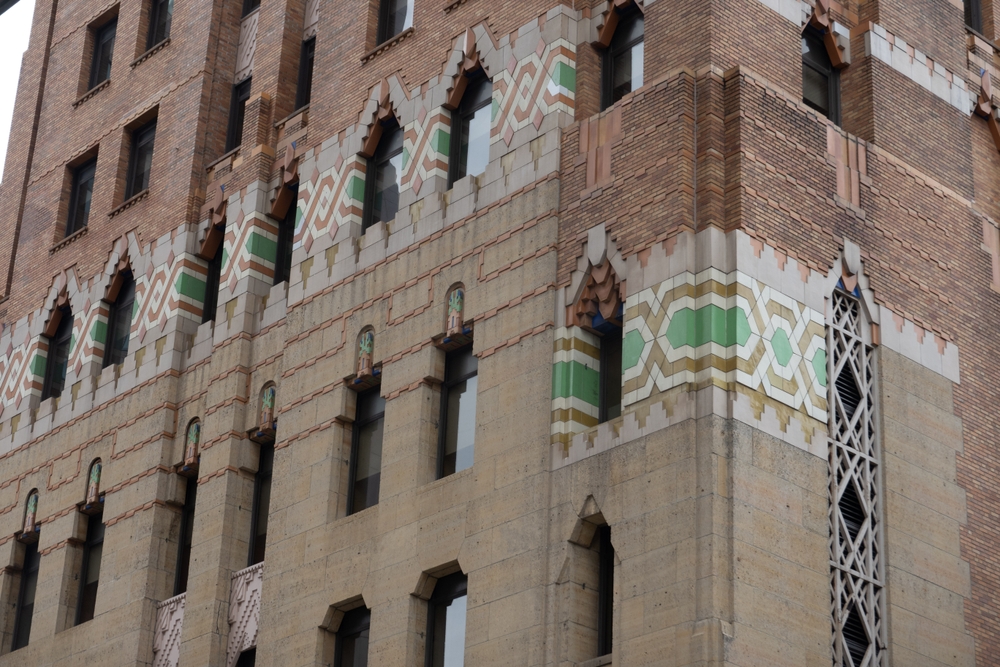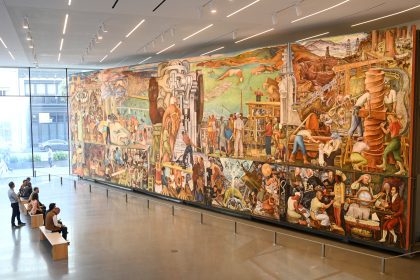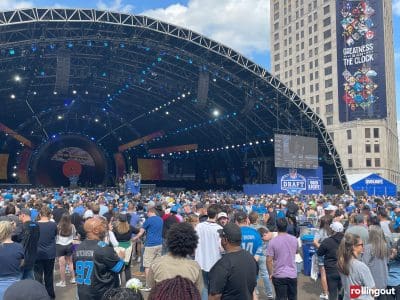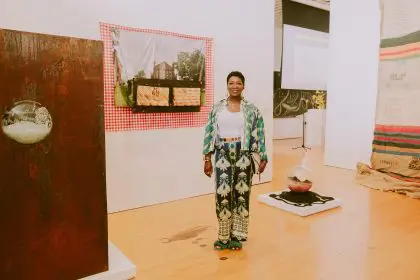In Detroit, a city long celebrated for its industrial might, a different kind of power emerges from its walls. Murals, sprawling across brick and concrete, have turned the Motor City into an open-air gallery, reflecting its past, present, and unyielding spirit. These artworks, often bold and unapologetic, capture the essence of a place that has weathered economic storms and emerged with a creative pulse. From historic neighborhoods to bustling markets, Detroit’s street art offers a visual narrative that rivals any museum.
The city’s mural scene has gained global attention, with artists from around the world descending on its streets to leave their mark. This isn’t just decoration, it’s a movement, one that ties into Detroit’s identity as a hub of innovation and resilience. With hundreds of murals dotting the landscape, a handful stand out as must-see testaments to the city’s soul. Here, we explore five that define Detroit’s vibrant artistic heartbeat.
Detroit’s mural legacy
Detroit’s relationship with murals stretches back decades, rooted in a tradition of public art that speaks to its people. The city’s industrial heritage, coupled with its cultural diversity, provides fertile ground for artists to explore themes of labor, community, and rebirth. Over the years, initiatives like the Detroit Mural Project have cataloged and celebrated these works, turning the city into a destination for art lovers. Today, the murals are as much a part of Detroit’s fabric as its assembly lines once were.
This legacy isn’t static. Each year, new layers of paint add to the story, particularly in areas like Eastern Market, where an annual festival brings fresh designs to old walls. The result is a living canvas, one that evolves with the city itself. For visitors and locals alike, these murals offer a window into Detroit’s soul, a blend of grit and beauty that refuses to be ignored.
Eastern Market’s ever-changing gallery
In the heart of Detroit, Eastern Market buzzes with life, its walls adorned with some of the city’s most dynamic murals. This historic district, known for its sprawling farmers market, transforms into an outdoor art space every fall when artists from across the globe converge. The event, dubbed Murals in the Market, has turned the area into a kaleidoscope of color, with over 100 works splashed across its buildings.
What sets Eastern Market apart is its impermanence. The murals here shift with time, some fading, others replaced by new visions. This fluidity mirrors Detroit’s own journey, a city unafraid to shed its skin and start anew. Wandering through the market’s alleys, visitors encounter a mix of abstract designs and vivid portraits, each one a snapshot of the moment it was created.
Mexicantown’s cultural heartbeat
Southwest Detroit’s Mexicantown pulses with a different rhythm, its murals a celebration of heritage and pride. Here, the walls burst with vibrant hues, depicting scenes of Mexican culture that resonate with the neighborhood’s residents. One standout piece graces the Plaza del Norte Welcome Center, its bold imagery honoring the community’s roots with a modern twist.
Another mural, stretching along a local restaurant, captures a historic parade, its figures frozen in motion against a backdrop of bright reds and yellows. These works don’t just decorate, they connect, linking generations and offering a visual anchor for a neighborhood that thrives on its identity. In Mexicantown, the murals are more than art, they’re a living testament to resilience and belonging.
Corktown’s splash of optimism
Corktown, one of Detroit’s oldest neighborhoods, wears its history lightly, thanks in part to a mural that injects it with fresh energy. Painted on a substation along Trumbull and Porter streets, this piece dazzles with a palette of bright blues, yellows, and pinks. Its abstract forms seem to dance across the wall, a stark contrast to the area’s industrial bones.
This mural doesn’t tell a specific story, but its presence speaks volumes. It’s a burst of optimism in a neighborhood that’s seen its share of change, a reminder that beauty can thrive amid the ordinary. For those passing through Corktown, it’s an invitation to pause and take in a slice of Detroit’s evolving character.
The Motown mural’s rhythmic tribute
On Livernois Avenue, just south of Seven Mile, a mural pays homage to Detroit’s musical legacy. Stretched across the side of a café, this piece uses bold lines and minimalistic shapes to evoke the city’s Motown era. The design captures the energy of a Detroit party, its simplicity amplifying its impact.
This mural resonates deeply with the city’s soundscape, a nod to the rhythms that once echoed through its streets and shaped global music. It’s a quiet tribute, yet one that carries the weight of history, blending Detroit’s past with its present in a single, striking image.
The I-75 masterpiece
Driving along Interstate 75, it’s impossible to miss the mural that adorns the Washington Trade School. This massive work, with its sweeping colors and fluid shapes, breathes life into the old building. Often described as one of Detroit’s most uplifting pieces, it transforms a routine commute into a moment of wonder.
The mural’s scale and vibrancy make it a landmark in its own right, a beacon for those navigating the city’s highways. It’s a testament to Detroit’s ability to find beauty in unexpected places, turning even a utilitarian structure into a canvas for creativity.
A city reborn in color
Detroit’s murals do more than beautify, they narrate. Each stroke of paint reflects a city that has faced decline and risen again, its walls a testament to endurance and imagination. From the shifting scenes of Eastern Market to the cultural pride of Mexicantown, these artworks weave a tapestry of stories that define the Motor City.
For travelers, the murals offer a roadmap to Detroit’s soul, a chance to see beyond its industrial past and into its artistic present. As the city continues to evolve, its walls will keep telling its tale, one vibrant splash at a time. In a place once defined by machines, it’s the human touch of art that now leaves the deepest mark.











